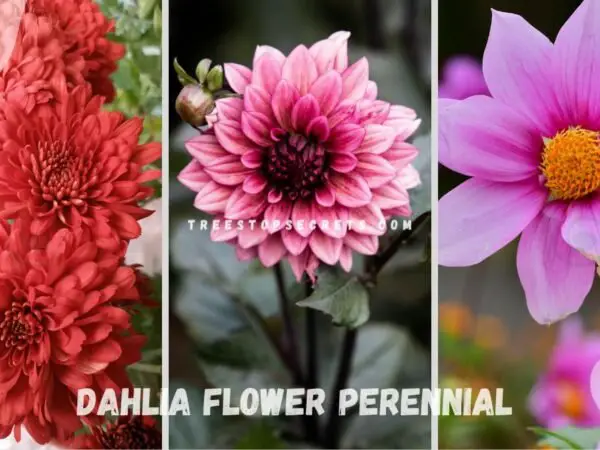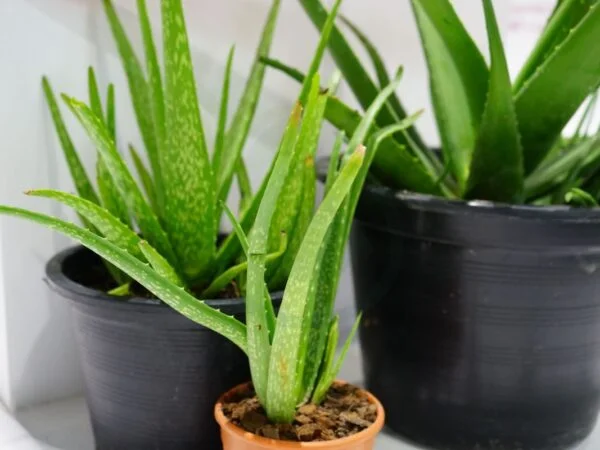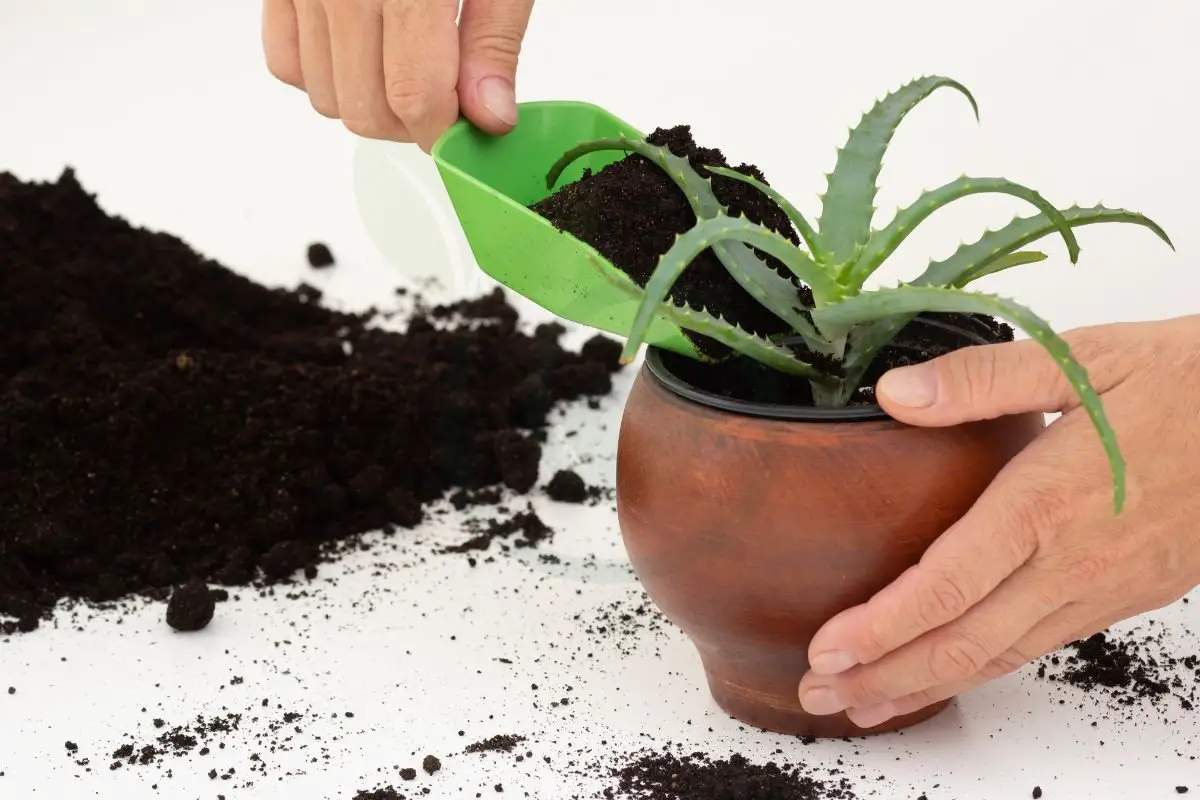
Are you searching for the best potting soil for Aloe Vera? Look no further! We've got you covered with expert advice and recommendations tailored to ensure your Aloe Vera thrives in optimal conditions. Whether you're a seasoned gardener or a novice plant enthusiast, trust us to provide the guidance you need for successful Aloe Vera cultivation.
When selecting the best potting soil for your Aloe Vera, it's crucial to consider a few key factors. First and foremost, opt for a well-draining soil mix specifically formulated for succulents and cacti. Aloe Vera plants require excellent drainage to prevent root rot, so ensure the soil is loose and airy. Additionally, look for a soil blend enriched with organic matter to promote healthy growth and nourishment. Finally, consider adding perlite or sand to improve drainage further and enhance aeration. By following these recommendations, you'll create the ideal environment for your Aloe Vera to thrive, resulting in vibrant, flourishing foliage.
With our comprehensive guide to selecting the best potting soil for Aloe Vera, you're well on your way to cultivating a thriving indoor garden. Stay tuned for more expert tips and tricks on plant care, propagation techniques, and creative ways to showcase your green thumb prowess. Whether you're a seasoned gardener or just starting, we've got a wealth of knowledge to help you succeed in your botanical endeavors.
Key Takeaways
- Understand the basics of aloe vera to provide the best care for your plant.
- The right potting soil is crucial for the health of your aloe vera plant.
- Choose well-draining soil with a mix of sand, perlite, or pumice for optimal aloe vera growth.
- Look out for signs of poor soil like waterlogged roots, wilting, or stunted growth.
- Proper soil care includes watering only when the top inch is dry and avoiding overwatering.
- Select pots with drainage holes to prevent waterlogging and root rot.
Aloe Vera Basics
Plant Characteristics
Aloe vera is easily identified by its fleshy, pointed leaves that contain a gel-like substance. The plant's ability to store water in its leaves makes it highly resilient during dry periods. Understanding aloe vera's natural growth pattern helps in providing the right care.
Growth Requirements
Adequate sunlight is crucial for aloe vera's photosynthesis and overall health. Proper watering is essential to prevent root rot and maintain hydration levels. Suitable temperatures, ideally between 60-75°F, are necessary for optimal growth.
Environmental Preferences
To thrive, aloe vera requires a dry and warm environment, mimicking its native desert habitat. Shield the plant from frost and extreme cold as they can damage the leaves. While sunlight is vital, avoid overexposure to prevent sunburn.
Soil Importance
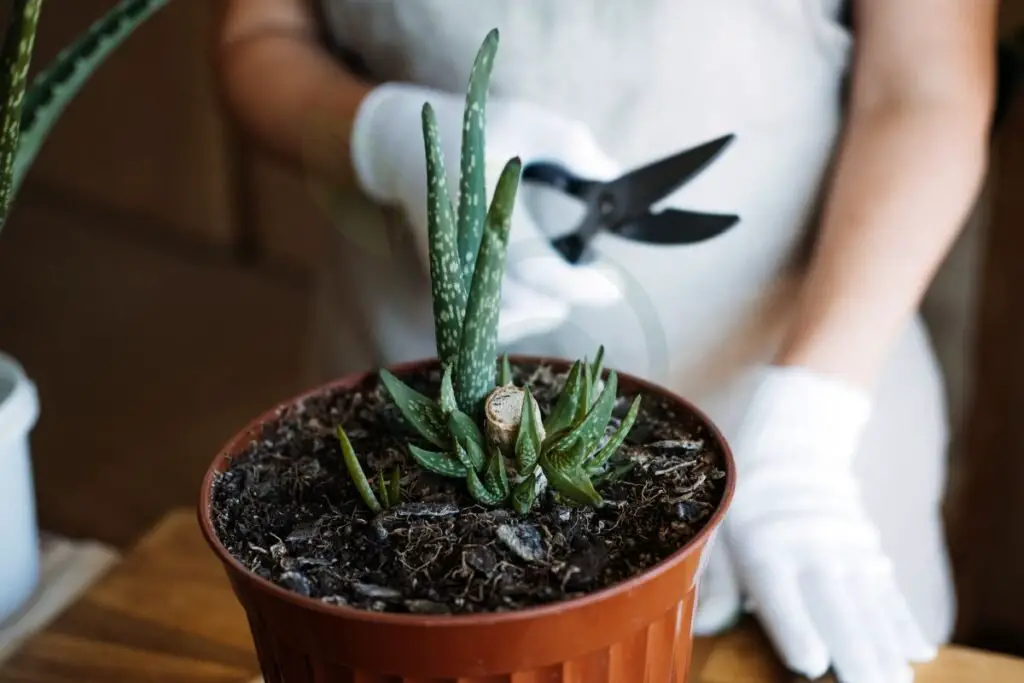
Health and Growth
Aloe vera's overall health should be monitored regularly to ensure it thrives. Address any issues promptly to promote growth and vitality. Proper care is essential for strong and vibrant growth.
Drainage and Aeration
To prevent waterlogging, ensure the soil has excellent drainage. Opt for well-aerated soil to promote root health in aloe vera plants. Air circulation around the roots is crucial for optimal growth.
pH and Nutrients
Maintain soil pH levels that are slightly acidic to neutral for aloe vera's well-being. Provide essential nutrients such as potassium and phosphorus to support its growth. Adjust the soil pH if required to ensure the plant's overall health.
Soil Selection Guide
Key Factors
When selecting potting soil for aloe vera, consider essential elements like light exposure, watering frequency, and soil quality. Ensure the soil provides adequate drainage to prevent root rot. Understand how temperature affects aloe vera growth, thriving best in warm climates.
To ensure successful growth of aloe vera, address key factors such as providing sufficient sunlight, watering moderately, and using well-draining soil. The right balance of these factors is crucial for the plant's health and vitality. Consider the environmental conditions in your area when choosing the ideal potting mix.
Best Mixes
For optimal growth of aloe vera in containers, choose Miracle-Gro® Cactus, Palm & Citrus Potting Mix. This specialized mix provides the necessary nutrients and drainage for healthy aloe vera plants. Opt for well-draining potting mixes that prevent waterlogging and promote root health in container plants.
When planting aloe vera in-ground beds, consider mixing Miracle-Gro® Garden Soil with existing soil. This blend enriches the soil with essential nutrients while ensuring proper drainage for aloe vera roots to thrive. It is essential to create an environment that mimics the plant's natural habitat for robust growth.
Signs of Poor Soil
Yellowing Leaves
Aloe vera's yellowing leaves can indicate various issues. Overwatering is a common cause, leading to root rot and leaf discoloration. Adjust watering frequency to prevent this problem. Nutrient deficiencies, particularly lack of nitrogen, can also result in yellow leaves.
To address yellowing leaves in aloe vera, ensure the plant's soil has proper drainage. Avoid waterlogging by allowing the soil to dry out between waterings. Consider repotting the plant with well-draining soil mix. fertilize the aloe vera with a balanced fertilizer to replenish missing nutrients.
Leaf Discoloration
When dealing with leaf discoloration in aloe vera, it's crucial to identify the underlying causes promptly. Overwatering can lead to root suffocation, causing leaves to turn brown or black at the tips. Nutrient deficiencies, especially lack of potassium, can manifest as yellow or brown spots on leaves.
Investigate potential causes of leaf discoloration by examining the plant's environment and care routine. Ensure the aloe vera receives adequate sunlight and is not exposed to extreme temperatures. If overwatering is suspected, allow the soil to dry out before watering again. Consider using a balanced fertilizer to address any nutrient deficiencies.
Soil Care Tips
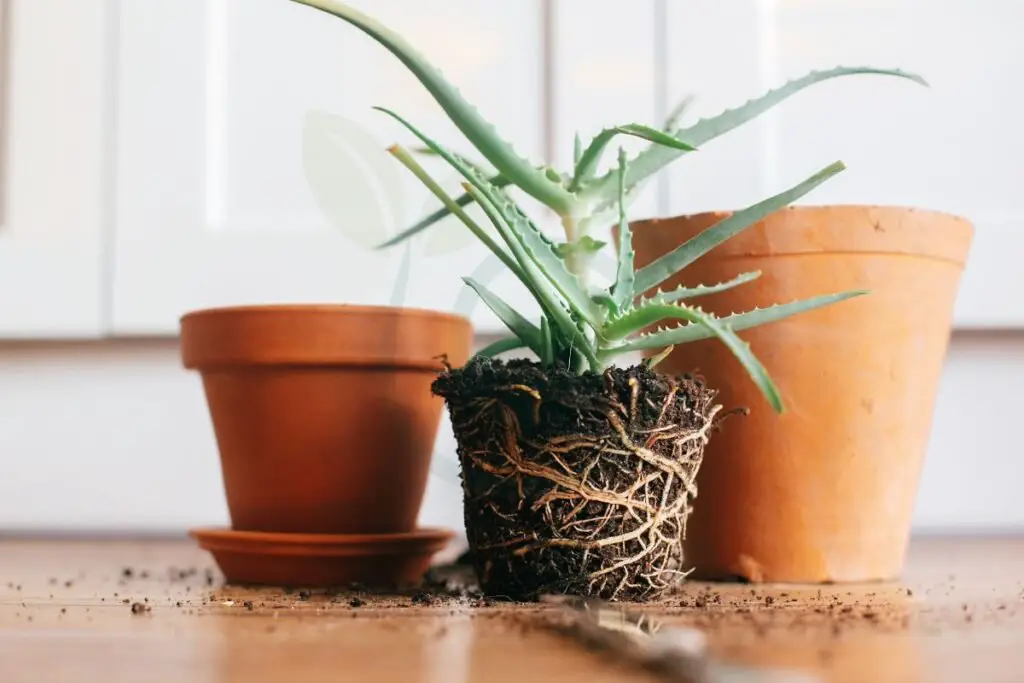
Repotting Frequency
Knowing when it's time to repot aloe vera is essential for its health and growth. Consider root-bound symptoms such as roots growing out of the drainage holes. This indicates the plant needs more space. Repot aloe vera into a larger container to allow its roots to expand freely.
Watering Instructions
Water aloe vera deeply but less frequently to mimic its natural habitat conditions. Allow the soil to dry out completely between watering sessions to prevent root rot. Adjust your watering schedule based on factors like humidity levels and temperature changes.
Pot Selection
Size Matters
When selecting a pot for your aloe vera, consider the pot size carefully to accommodate its root system. Ensure the pot provides enough space for the root ball to grow comfortably. A larger pot helps prevent issues like root rot.
Material Benefits
Opt for Miracle-Gro® Cactus, Palm & Citrus Potting Mix for your aloe vera. This specialized mix offers benefits such as improved drainage and aeration, crucial for aloe vera's health. Quality materials like peat moss promote optimal plant growth.
Creating Optimal Environment
Light and Temperature
Aloe vera thrives when receiving adequate sunlight for photosynthesis, typically needing at least six hours of indirect light daily. Maintain ideal temperature ranges between 60-75°F (15-24°C) for optimal growth. Protect aloe vera from temperature extremes, especially frost in colder climates and scorching heat in warmer regions.
Properly monitor humidity levels to prevent excess moisture, as aloe vera is susceptible to root rot if the soil remains too wet. Ensure proper ventilation around the plant to control humidity levels effectively. Avoid placing aloe vera in high humidity environments, as it can lead to fungal issues and other diseases.
Recommended Products
Soil Mixes
For aloe vera, finding the right soil mix is crucial for its growth and health. Consider mixes with well-draining properties to prevent root rot. When choosing between container and in-ground planting, opt for mixes that retain moisture but don't become waterlogged.
- Select a cactus or succulent mix for potted aloe vera, ensuring it has perlite or sand for drainage.
- In-ground aloe vera benefits from a mix of garden soil, sand, and some compost to enhance nutrients.
- The best soil mix for aloe vera should have a balance of aeration, drainage, and nutrient retention.
Pots and Tools
When it comes to pots and tools for aloe vera, focus on providing an environment that promotes healthy growth. Ensure pots have proper drainage holes to prevent waterlogging, which can lead to root rot. For planting, use tools like trowels to handle the delicate roots of aloe vera.
- Choose pots made of materials like terracotta or ceramic that allow for breathability, promoting air circulation.
- Opt for pots that are slightly larger than the plant's current size to allow room for growth.
- Consider using tools like trowels with sharp edges to carefully handle the roots during transplanting.
Troubleshooting Common Issues
Overwatering Signs
Aloe vera shows signs of overwatering like yellow, mushy leaves and root rot. Adjust watering practices by letting the soil dry between waterings. Monitor soil moisture levels using a moisture meter to prevent overhydration.
Nutrient Deficiencies
Common nutrient deficiencies in aloe vera include yellowing leaves from lack of nitrogen and magnesium. Provide necessary nutrients through fertilization or nutrient-rich soil. Address nutrient deficiencies promptly to promote plant health.
Final Remarks
By understanding the fundamentals of aloe vera care and the pivotal role soil plays in its health, you're now equipped to create an optimal environment for your plant. Selecting the right potting soil, ensuring proper drainage, and maintaining a balanced watering routine are key to fostering thriving aloe vera plants. Remember to monitor your plant's condition regularly and make adjustments as needed to promote growth and prevent issues.
Incorporate the insights gained from this guide into your aloe vera care routine to witness vibrant growth and flourishing plants. Share your newfound knowledge with fellow plant enthusiasts to spread the joy of cultivating healthy aloe vera specimens. Your commitment to providing the best care for your plants will be rewarded with lush foliage and vibrant blooms.
Frequently Asked Questions
What are the basic requirements for growing aloe vera successfully?
Aloe vera requires well-draining soil, plenty of sunlight, and occasional watering. Avoid overwatering and provide good air circulation to prevent root rot.
How do I choose the best potting soil for aloe vera plants?
Opt for a cactus or succulent mix with excellent drainage properties. Look for soil that is sandy or gritty to ensure proper aeration for your aloe vera plant's roots.
What signs indicate that my aloe vera plant is not thriving due to poor soil conditions?
Yellowing leaves, mushy stems, or stunted growth may indicate poor soil quality. Check the moisture level and drainage of the soil if you notice these signs in your aloe vera plant.
How can I care for the soil to ensure optimal growth of my aloe vera plant?
Regularly check the moisture level of the soil by sticking your finger into it. Water only when the top inch is dry, and avoid waterlogging. Consider repotting every 2-3 years to refresh the soil.
Which pot selection is ideal for planting aloe vera?
Choose a pot with drainage holes to prevent water accumulation at the roots. Terra cotta pots are excellent choices as they allow excess moisture to evaporate, mimicking the arid conditions preferred by aloe vera plants.
Image Source: Paid image from CANVA

